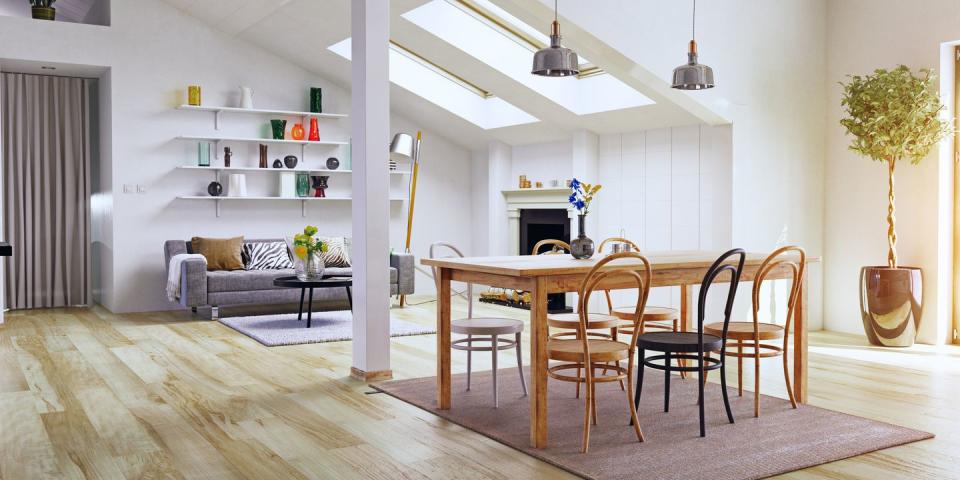Tommy Walsh on increasing natural light at home

Ask the experts: Our expert panel answer questions on DIY, eco design, mortgages, cleaning, architecture, consumer issues and more
Question: 'We’ve just spent our first winter in our new home and have discovered that the back of the house is very dark. How can we increase the amount of light?'
TV builder, Tommy Walsh, says: The steady rise in property values over the past 40 years has coincided with our increasing interest in improving and extending instead of moving. Inevitably, this has created some issues with the amount of natural light we enjoy in our homes.
Many people are unaware that a room size is governed by its window size, which is supposed to be 10 per cent of the floor space. The most common problem here is with the installation of replacement windows, such as plastic double-glazed units, which have larger frames, mullions and glazing bars, reducing the amount of natural light by at least 10 per cent.
By far the biggest home improvement problem is with the common flat-roofed rear extension, which, although relatively cheap to construct, robs the centre of the house of its natural light. There are various products on the market such as Velux-style roof windows, pre-made domes, sun tunnels and skylights that are relatively inexpensive and can help bring more natural light into the house.

My preferred option when constructing a new rear extension is to fit an apron-style roof, with a large lantern. This can be done on an existing extension too, but the entire
roof will need to be removed and replaced with a pitched roof roughly one metre high. A large lantern can then be fitted to the flat section of the roof, creating a wonderful vaulted ceiling inside, which, when painted brilliant white with downlighters for the evening, will transform your home.
Replacement windows should be like-for-like with the originals, with double glazing for thermal efficiency. If possible, opt for powder-coated aluminium frames, known for their strength and low maintenance, rather than the weaker and light- reducing plastic alternative.
From: House Beautiful magazine. Subscribe here.
You Might Also Like

 Yahoo Finance
Yahoo Finance 
